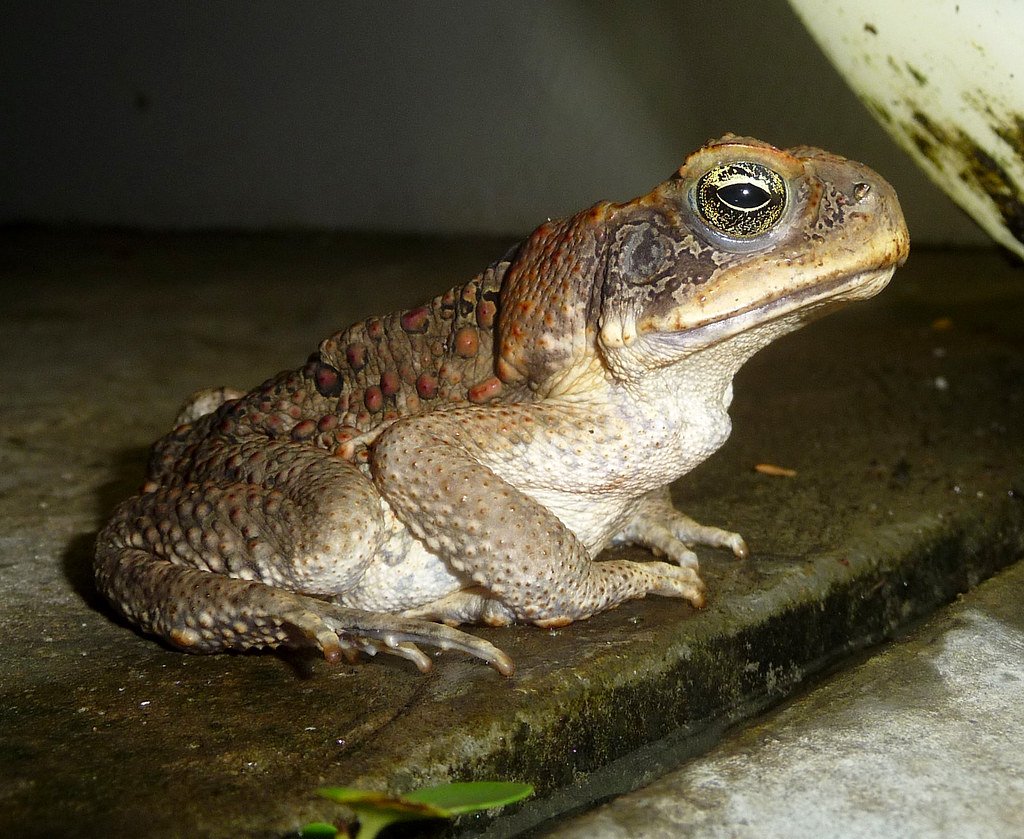In the vast tapestry of the animal kingdom, some creatures bear striking similarities to one another, leading even the most attentive nature enthusiasts to mistake one for another. Whether it’s due to similar habitats, evolutionary traits, or simple coincidences in appearance, these mix-ups can be both amusing and baffling. By unraveling the unique identifiers of these animals, we can appreciate the intricate nuances that nature has to offer. Let’s dive into the fascinating world of commonly misidentified animals and discover how to distinguish them.
Alligator vs. Crocodile

At a glance, alligators and crocodiles might seem like the same creature lurking in swamps and marshes. However, their differences are as distinct as night and day. Alligators, with their U-shaped snouts, are primarily found in freshwater environments like lakes and rivers. Crocodiles, on the other hand, boast a V-shaped snout and can thrive in both freshwater and saltwater. The teeth tell another tale: when an alligator’s mouth closes, its upper jaw conceals its teeth, while a crocodile’s teeth remain visible. This can be likened to a hidden smile versus a toothy grin. Next time you’re in their territory, remember these cues to tell them apart.
Butterfly vs. Moth

Fluttering through gardens and fields, butterflies and moths are often confused by eager observers. Butterflies typically flaunt vibrant colors and are active during the day, whereas moths, with more muted hues, prefer the night. Observing their antennae offers another clue: butterflies have club-shaped antennae, while moths have feathered or comb-like ones. A simple metaphor: butterflies are the daytime dancers of the garden party, and moths are the evening serenaders. By focusing on these characteristics, distinguishing between the two becomes a delightful challenge.
Dolphin vs. Porpoise

Gracefully navigating ocean waves, dolphins and porpoises are often mistaken for one another due to their similar aquatic ballet. However, their differences lie in their facial structures and dorsal fins. Dolphins have elongated beaks and curved dorsal fins, while porpoises possess shorter beaks and triangular dorsal fins. Imagine comparing a ballerina’s pointe shoes to a runner’s sneakers; subtle differences make all the difference. With these insights, anyone can become adept at spotting the nuances between these marine mammals.
Hare vs. Rabbit

Though they both hop and nibble on greens, hares and rabbits lead remarkably different lives. Hares are generally larger and have longer ears compared to their rabbit cousins. When it comes to birthing practices, rabbits give birth to blind, hairless kits in burrows, while hares deliver fully furred, sighted leverets in nests above ground. Think of hares as the sprinters of the animal world, always ready to leap into action, while rabbits are the cozy nesters. With these differences in mind, it becomes easier to recognize each creature’s unique traits.
Frog vs. Toad

Frequently found near ponds and gardens, frogs and toads have been the subject of much confusion. Frogs have smooth, moist skins and are usually found near water, hopping with long legs. Toads, however, have dry, bumpy skin and prefer drier environments, often walking rather than hopping. Picture a frog as a sleek sports car, designed for speed and agility, while a toad resembles a sturdy off-road vehicle, built for endurance. By observing these features, distinguishing between these amphibians becomes second nature.
Seal vs. Sea Lion

Basking on sunlit beaches, seals and sea lions seem interchangeable, yet key differences set them apart. Sea lions have external ear flaps and large flippers that enable them to ‘walk’ on land, whereas seals lack these ear flaps and have smaller flippers, making them more adept swimmers. Imagine sea lions as the acrobats of the marine world, performing on land and sea, while seals are the streamlined swimmers, diving gracefully beneath the waves. By understanding these distinctions, the mystery of these marine mammals is easily unraveled.
Sheep vs. Goat

Grazing in pastures, sheep and goats may appear similar, but their differences are significant. Sheep often have woolly coats and a more docile demeanor, whereas goats are typically more curious with hairier coats. Their tails also differ: sheep tails hang down, while goat tails point upwards. Think of sheep as the introverted artists, content in their woolly solitude, and goats as the adventurous explorers, always eager for the next challenge. Recognizing these characteristics helps in understanding the unique nature of each species.
Crane vs. Heron

Standing elegantly in wetlands, cranes and herons are often mistaken for each other, yet their differences are pronounced upon closer inspection. Cranes are generally larger with a more robust build, while herons have slender necks and bodies. During flight, cranes extend their necks, whereas herons tuck theirs back. Picture cranes as the majestic giants of the sky, while herons are the graceful ballerinas. By observing their posture and flight patterns, the distinction becomes clear.
Lizard vs. Salamander

Crawling through gardens and forests, lizards and salamanders can easily be confused, yet they belong to different classes. Lizards, being reptiles, have dry, scaly skin and are often found basking in the sun. Salamanders, on the other hand, are amphibians with moist, smooth skin, often seen in damp environments. Imagine lizards as sun-loving sunbathers, while salamanders are the mysterious dwellers of shaded groves. With these insights, differentiating between these creatures becomes an enlightening exercise.
Bee vs. Wasp

Buzzing through gardens, bees and wasps are often confused due to their similar appearances. Bees have fuzzy bodies and are primarily pollinators, while wasps have smooth bodies and are more predatory. Observing their nesting habits can also be revealing: bees tend to create waxy hives, while wasps build papery nests. Think of bees as the diligent gardeners, nurturing the environment, while wasps are the vigilant guardians. By focusing on these traits, distinguishing between these insects becomes an engaging endeavor.
Understanding the differences between these commonly misidentified animals not only enhances our appreciation for the natural world but also deepens our respect for the diversity of life. Each creature, with its unique traits and habits, plays an integral role in the ecosystem, reminding us of the intricate beauty of nature.




